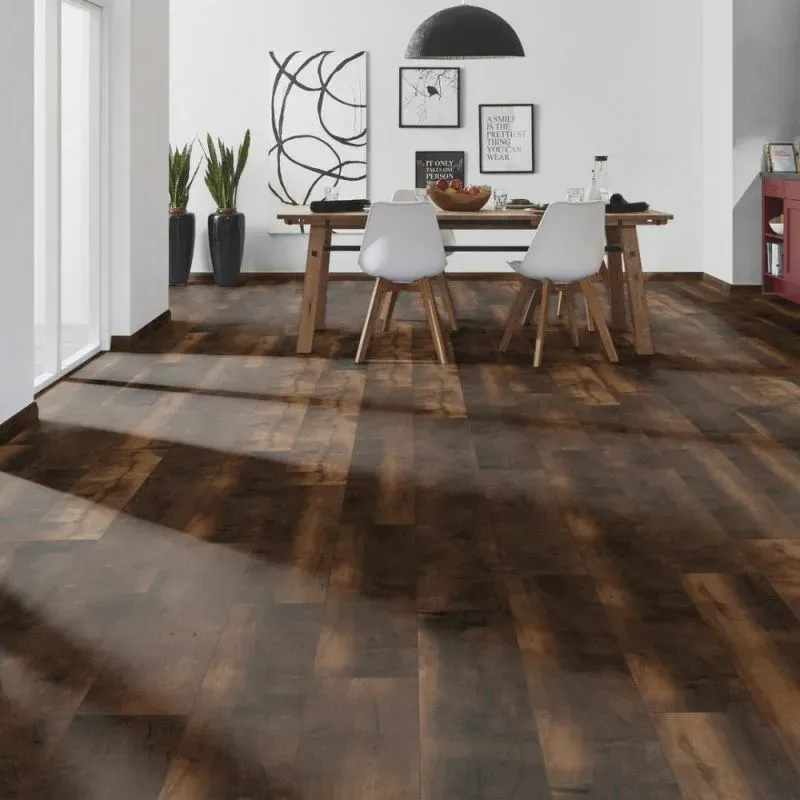Creative Ideas for Bathroom Skirting Designs and Installations to Enhance Your Space
The Importance of Bathroom Skirting A Comprehensive Guide
When it comes to home design and renovation, the bathroom is often one of the most overlooked areas. Many homeowners focus on fixtures, tiles, and paint colors without considering all aspects of bathroom décor. One critical yet frequently neglected element is skirting. Generally used to cover the junction between walls and floors, skirting in the bathroom can significantly enhance the aesthetic and functional qualities of the space. In this article, we will explore the importance of bathroom skirting, its various styles, materials, and installation tips.
What is Bathroom Skirting?
Bathroom skirting, also known as baseboards or skirting boards, is a narrow strip of material that runs along the base of the walls. It typically serves multiple purposes, from preventing water damage to providing a seamless transition between flooring and wall surfaces. Available in various styles and materials, skirting can round off your bathroom's overall look, providing a polished finish that elevates the room's design.
Aesthetic Appeal
One of the primary reasons to consider skirting in your bathroom is its aesthetic contribution. Skirting can effectively hide unsightly edges or the uneven lines where the wall meets the floor. A well-chosen skirting style can enhance the overall design theme of your bathroom. For instance, minimalist bathrooms may benefit from sleek, unobtrusive skirting, while traditional or ornate spaces might call for detailed, decorative profiles. Whether your bathroom is contemporary, rustic, or classic, there’s a skirting option to complement your design.
Functional Benefits
Apart from visual appeal, bathroom skirting also serves practical purposes. Bathrooms are inherently susceptible to moisture due to steam and splashes. Skirting helps protect walls from water damage, as it acts as a barrier against spills that may seep through gaps between tiles and walls.
Moreover, skirting can aid in cleaning. Without skirting, dust and debris can accumulate in the corners of the room, making maintenance more labor-intensive. With skirting in place, however, it creates a smoother surface that is easier to clean, allowing for effective dusting and mopping.
Choosing the Right Material
When selecting skirting for your bathroom, the choice of material is crucial. Common materials include wood, MDF (Medium Density Fiberboard), PVC, and tiles. Each has its own advantages and disadvantages
1. Wood Offers a classic, elegant look but requires careful sealing and maintenance to prevent moisture damage.
bathroom skirting

2. MDF A cost-effective and versatile option that can be painted to match your bathroom décor. However, it may not withstand moisture as well as other materials unless it's specially treated.
3. PVC Extremely water-resistant and easy to clean, making it an ideal choice for bathrooms. However, it may not offer the same high-end look as wooden options.
4. Tiles If you're using tile flooring, matching tile skirting can create a cohesive look. Tiles are also very water-resistant, but installation can be more labor-intensive.
Installation Tips
Installing skirting in a bathroom can be a rewarding DIY project if done correctly. Here are some tips for proper installation
1. Measure Accurately Before purchasing skirting, measure the perimeter of the bathroom to ensure you buy the correct length.
2. Choose the Right Height Skirting usually ranges from 3 to 6 inches high. Consider the height of your room and any existing features like cabinets or fixtures when deciding.
3. Use Waterproof Adhesives If you are not using nails or screws, opt for waterproof construction adhesive to prevent moisture from causing separation.
4. Finish the Edges Use caulk to seal the gaps between the skirting and the wall or floor. This adds a polished finish while providing additional protection against moisture.
5. Maintain Regularly Keep an eye on the skirting for any signs of damage or water intrusion. Regular cleaning and occasional touch-ups will help maintain its appearance.
Conclusion
In summary, skirting is a small yet significant detail that impacts the look, functionality, and maintenance of your bathroom. Whether you're renovating your existing space or designing a new one, integrating skirting into your bathroom design is an excellent decision. By choosing the right style and material, and following proper installation practices, you can create a bathroom that is not only beautiful but also practical and easy to maintain. Enhance your bathroom with well-designed skirting and enjoy the benefits it brings for years to come.
-
The Evolution of Luxury Flooring Guangzhou Enlio's JourneyAug.05,2025
-
Innovative Commercial Flooring Solutions from Guangzhou Enlio SportsAug.05,2025
-
Premium Interior Solutions with Quality Skirting OptionsAug.05,2025
-
Masking Tape The Essential Tool for Professional ApplicationsAug.05,2025
-
SPC Vinyl FlooringJul.18,2025
-
Home SPC FlooringJul.18,2025




